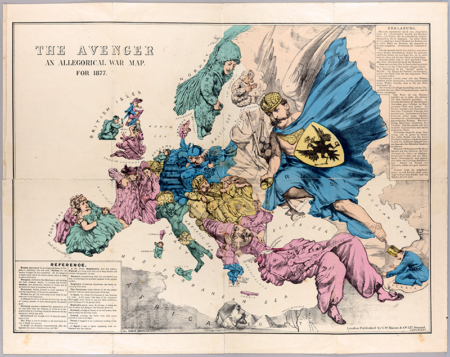The best way to discover public content in Artstor
The Public Collections in Artstor are a library of freely accessible images, documents, and multimedia files generously made available by JSTOR Forum-subscribing institutions. To help users navigate the wide variety of collections available, we’ve created a Public Collections LibGuide.

